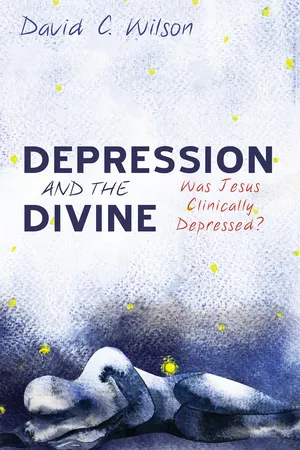![]()
1
Genetics
It is my great hope that this present work remains readable despite having been obliged to introduce technicalities along with their associated jargon, which may be as obscure and esoteric to the reader as they were to me when my more familiar researches led me to them. It is my belief that the biblical story of (modern) man’s beginnings in the first three chapters of Genesis, and particularly Gen 2:4b—3:24, are a true and faithful record of a primordial time in the evolution of modern humans. It is my hope that I will be able to demonstrate—at least to the satisfaction of the reader—that during this time human beings were much, much more in so many respects than they are now, rather than less as is the common perception, even if my ‘technicalities’ might fall just a little short of a rigorous scientific proof.
As might be gathered from the title the subject of this present work is very definitely multidisciplinary in nature. Clearly, Genesis might be seen to be connected with Jesus (although that of itself may be disputed in some quarters), but how can a study of genetics possibly inform either the foundational accounts of the Hebrew Bible or the phenomenon that is Jesus? At outset it was stated that the particular account under scrutiny is the second creation (and fall) account, that is, Genesis 2:4b—3:24, hereinafter referred to as Gen 2–3, and it will become clear why both chapters should be considered as a single story. This account is more familiarly known as the story of Adam and Eve in the “Garden of Eden,” an account often considered to be little more than myth or even fairy tale (as distinct from a serious historiography of the beginnings of humankind), and this is especially so since the canonical bible itself makes few further references to the story. But what possible defense could there be for considering this ‘tale’ as serious historiography, and why and how can genetics help in the search for evidence for such a claim?
In order to progress this idea it will be necessary to accept two working premises, the first of which is that the creation story as we have it today is of very great antiquity, and precedes the written biblical account by millennia. Support for understanding the text in this way will be sought from commentaries on the Hebrew text, where terms such as ‘pre–history’ or ‘primeval’ are so frequently met. Secondly, reliance will be placed almost exclusively on genetics as the sole determinant of what it means to be a modern human (homo sapiens), and when this term is used it will largely exclude so-called behavioral evidence from archaeology (principally artefacts), since the bulk of such evidence may be from glacial periods. This latter point will be significant when it is believed that early modern man may have subsisted by the sea shore for long periods—a sea shore that was much lower during such times, thus leaving physical remains (if any) lying beneath present-day sea levels. Genetics will, moreover, be relied upon to determine as accurately as possible the approximate time when ‘modernity’ could be authentically attributed to humankind.
Speech
The genetics, or rather the specific genes of interest here, are those related to speech. They include the genes responsible for the development of anatomical, neural, and cognitive mechanisms, which all “appear to have coevolved.” Central to these developments is one gene in particular, the manic depression gene, which also “provides a means to date the evolution of the human brain and the emergence of fully human speech capabilities.” It is important to note that the speech under discussion here is neither primitive nor rudimentary, but rather fully modern, which together with simultaneous development of language and cognition enables Lieberman to state that these humans “were capable of talking and acting as we do.” The date suggested by Lieberman for these developments lies sometime in the period between 90,000 and 50,000 years BP (before present). This gives good agreement with Holden who can say that the final mutation of the FOXP2 gene may have taken place “fewer than 100,000 years ago . . . . perhaps laying the groundwork for a new level of linguistic fluency.” So, collecting these findings together we may conclude that humans—or to use the jargon of the geneticists—one lineage of humans (L3) were able to communicate fully and fluently with each other approximately 80,000 years ago. Moreover, if, having established the ‘when’ of this ‘event’ attention is then directed to where this might have been taking place, we find a small group of humans in the horn of Africa contemplating diaspora:
Building then on the picture so far, we find that all non-Africans have descended from this small group of fluently communicating humans originating in Africa some 84,000 years ago. Mellars goes on to suggest that this human diaspora had reached Malaysia and the Andaman Islands by 65,000 years BP, and had colonized Australia by 45,000 years BP. Two further points may be noticed before moving on to a discussion of another group of genes that apparently mutated at the same time as the FOXP2 ‘speech’ gene. Firstly, it should be noted if only in passing, where these fully fluent and recently emigrated humans were now living, that is, in Arabia and perhaps also the Levant—the origin or birth place of the world’s largest religions—Judeo-Christianity and Islam.
Secondly, it is pertinent to this argum...
